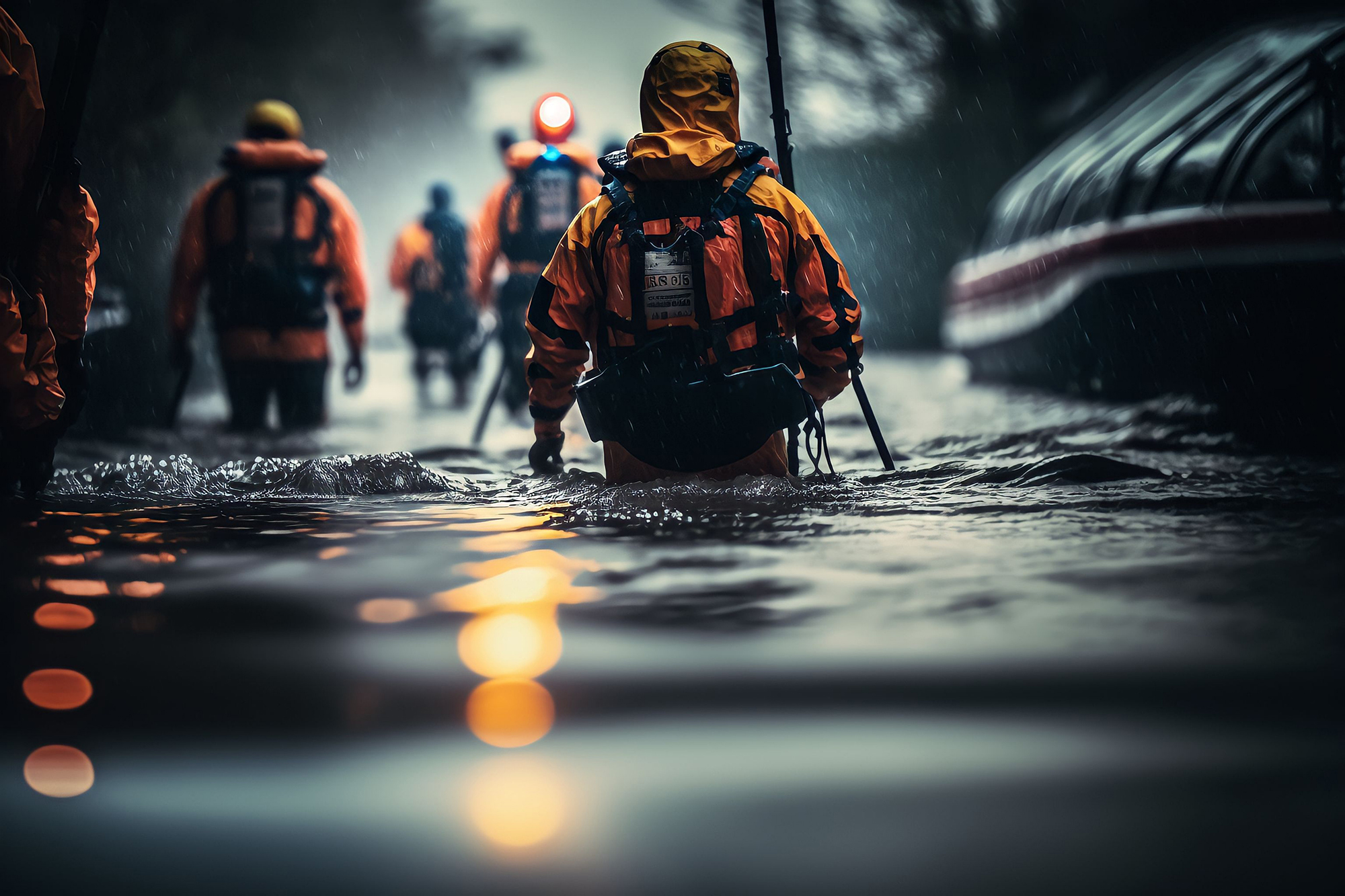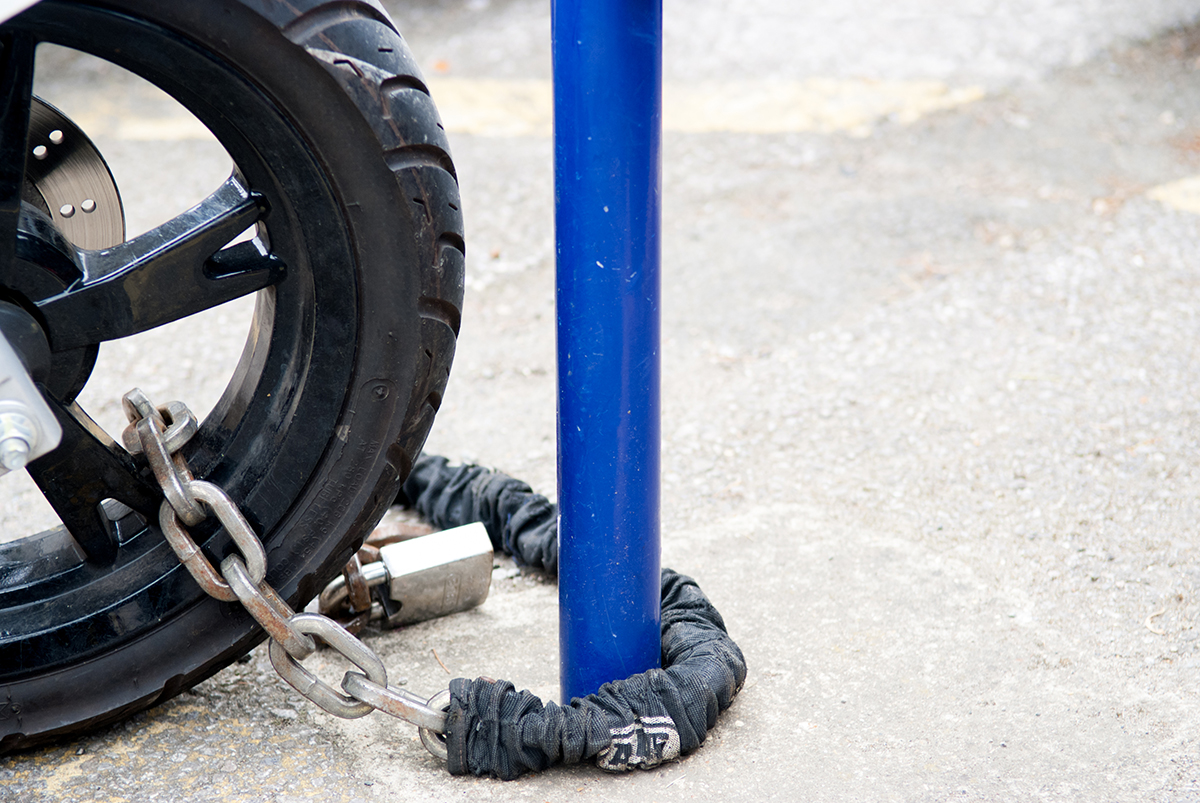Build a rock-solid foundation of flood safety knowledge so you know exactly what to do before, during, & after
If you’re unprepared, floods can turn your whole life upside down in a flash.
Mother Nature doesn’t play fair, and when heavy storms cause roads and waterways to overflow, there’s no time to craft a plan on the fly.
It takes a preemptive and well-thought-out flood safety plan to minimize the risk of harm to yourself, your loved ones, and your property…
And below, you’ll find the blueprint for just such a plan.
Flood Watches vs. Warnings: Knowing the Difference
The first step to flood safety is understanding the difference between public advisories. If your local authorities issue a flood watch, that means flooding—including flash flooding—is possible, so be ready to respond at a moment’s notice.
If they issue a flood warning, areas (potentially including yours) have already experienced flooding or will soon. A warning like this is your signal to put your flood safety plan into action.
Know Your Flood Safety Risk
Next, do some digging to find out if your area or property is prone to floods. Information like your area’s height above sea level, location, and your specific property’s elevation all factor into your flood safety risk.
It’s also important to understand that floods don’t just come from heavy rains or hurricanes. According to the Red Cross, flooding can occur due to:
“…flash floods, river floods, storm surges, coastal floods, burn scars, debris flows, ice/debris jams, snowmelt, dry wash, dam breaks, and levee failures.”
Create & Practice a Flood Safety Plan
Now it’s time for the most crucial step: building your emergency plan.
To ensure you and your family can respond fast and effectively during a flood, you’ll need to develop a flood safety plan that includes:
- (Prior to any flood watches or warnings) Storing important documents and valuables up high and in waterproof containers. Also, identifying items to grab on the way out and placing them in an easily accessible location.
- Safe evacuation routes with specific elevated places you and your loved ones can meet if you get separated.
- A communication plan to notify family members and friends of the emergency, with at least one out-of-town contact who can relay information to the people involved and help bring them back together.
- Ensuring children who are old enough know the necessary contact information in case they get separated from the rest of the family.
- Regular practice so everybody knows the drill—evacuation routes, meet-up spots, who to contact, etc.
Build a Well-Stocked Emergency Survival Kit
Even if your area isn’t prone to floods, it’s always good to have an emergency survival kit just in case. In the event of a flood, this is definitely one of the items you’ll want to grab on your way out during an evacuation.
If you’re unsure what to put in your kit, these are just a few of the National Fire Protection Association’s (NFPA’s) recommendations:
- Water (one gallon per person per day)—a three-day supply is recommended.
- Food and snacks that are ready to eat (enough to last three days).
- Flashlights with extra batteries.
- First-aid kit.
- A change of clothes, including weather-appropriate items (gloves, jackets, boots, etc.)
- Prescription medications, contact lenses and supplies, and other necessary quality-of-life items.
For a full list of recommended items, check out the NFPA’s emergency supplies kit checklist.
Responding to a Flood Safety Emergency
If there’s a flood warning in your area, it’s time to batten down the hatches and prepare for the worst. Round up your loved ones, grab your emergency kit, and make sure everyone’s ready to get out at the drop of a hat.
Keep a close eye on the news or local radio station and respond immediately if told to evacuate. If authorities announce that flash flooding is possible, you may not want to wait to be told to evacuate, in which case you can put your flood safety plan in motion and get to a safe, elevated place with your family.
Also, be aware that before you leave, you may need to turn off the electricity and unplug your appliances (authorities will usually tell you whether or not you need to do this before evacuating).
If you’re wet or there’s standing water in your home, don’t touch any electrical equipment, and make sure your loved ones steer clear of it as well.
No matter the circumstances, never walk, swim, or drive through flood waters. In fact, try to stay away from them entirely if possible—even if the water looks like it’s receding.
If you’re evacuating by car, avoid bridges with rushing water below them, as it can rise and wash away the structure in the blink of an eye.
If your car gets swept up by flood waters, don’t try to get out. You should stay inside unless your car starts filling with water. Then, leave through the window and get on the roof.
And if you become trapped in a building, get to the highest point as fast as possible—preferably inside, unless you need to call for help on the roof. But be wary not to trap yourself in a closed attic with only one way out.
Flood Safety: What to Do in the Aftermath
If you had to evacuate, only return home once authorities say it’s safe, and avoid driving if possible.
If you return to a flooded home, remember that the water is contaminated and may contain dangerous debris (watch out for snakes and other animals too).
When navigating and cleaning your home, wear the proper attire (gloves, boots, masks, etc.) to prevent injuries, and make sure to avoid anything electrical.
Need power but can’t turn your electricity on? Feel free to set up a generator, but only do so outdoors and away from any doors and windows.
And if you need emergency assistance, calling 911 may be more trouble than it’s worth—especially if the flood affected a large portion of your community.
Calls will be pouring into your local 911 monitoring center, which, depending on where you live, may be understaffed and unable to handle the high call volume.
To avoid lengthy delays and time-consuming phone calls, download the Rescu app for the fastest way to get help in an emergency.
With just two taps on your smartphone or Apple Watch, you can instantly dispatch first responders (firefighters, police officers, or EMTs) to your current location anywhere in the US, no talking required.
Thanks to its 24/7 UL-Certified, subscriber-dedicated monitoring center, Rescu isn’t limited by the staffing shortages and technological shortcomings of the 911 system. Two taps is all it takes to get help exactly when you need it and, if you can believe it, twenty times faster than 911.
Round out your flood safety plan with an emergency lifeline that’ll never let you down. Download Rescu today and get started for as little as $10 a month.





